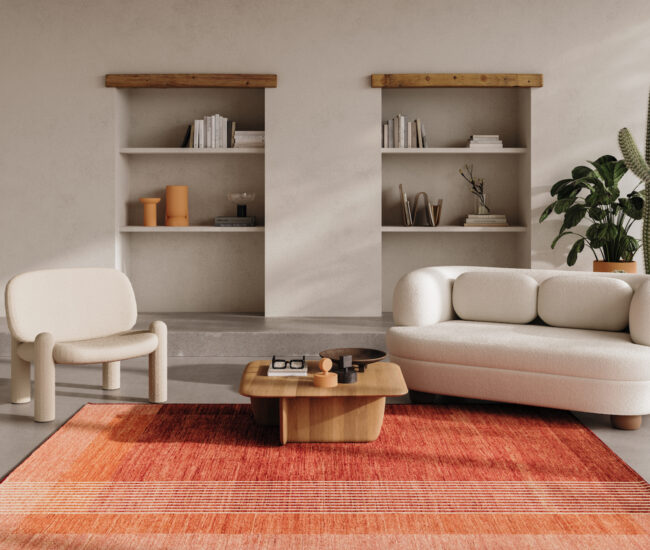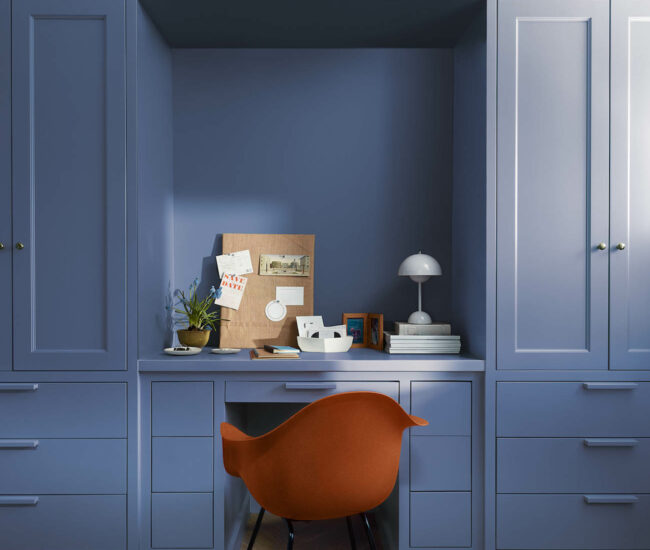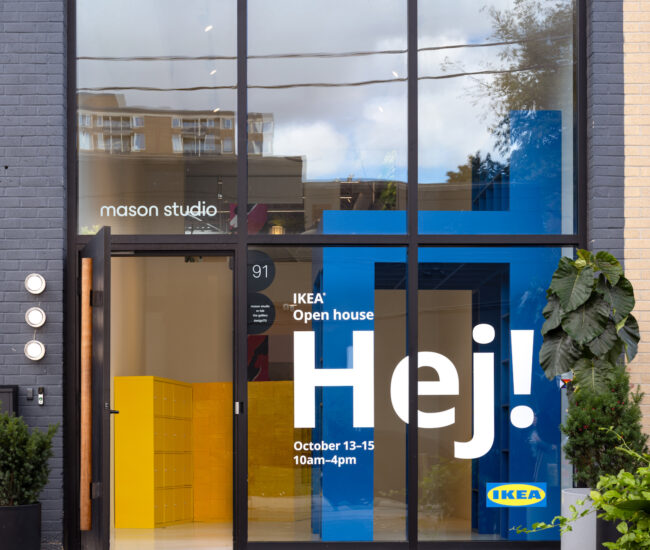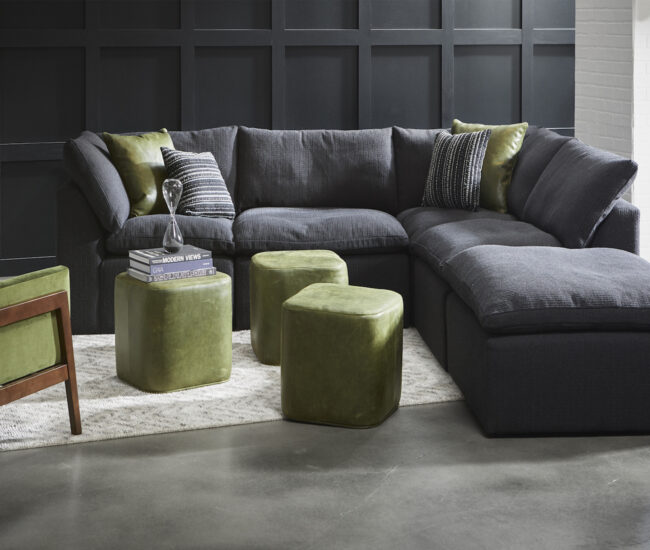How Instagram Became a Lifeline for Vintage Furniture Sellers

Pre-2020, shopping for antiques via social media was a novelty. Come COVID-19, it’s commonplace. Stay Home Furnishings, here’s how three shops thrived online by transforming Instagram into their showroom.
When the COVID-19 pandemic shut down Toronto last March, John Honeyman and Miriam Zittell, co-owners of rug boutique Mellah, were down for the count. “Sales dwindled to pretty much nothing. We were very worried.” Undeterred, the pair pivoted quickly with the help of a tool they’d been using to complement their marketing strategy: Instagram. Enlisting the help of friends Jullian Sauso-Bawa and Sophie Blumenthal, owners of IG shops Nuclear Møbler and SB Exchange Co., respectively, Honeyman and Zittell created a virtual showroom for vintage furniture, Stay Home Furnishings.
View this post on Instagram
After rounding out their collection with sought-after collector’s items, the pair photographed each piece, wrote detailed descriptions and priced everything out. They soon found themselves fielding offers and engaging with their followers. The team’s brain-child was an opportunity to expand their repertoire while testing out a new business model, with Instagram on the front lines. And they’re not the only ones.

Recognizing Potential
“Whether you realize it or not,” says Anna Daliza, co-founder of the Instagram-based shop Oggi Home, “you go onto Instagram ready to be sold something.” Daliza and her partner Luis de Filippis started Oggi Home in August 2020. De Filippis, a production designer, was tired of discarding the beautiful wares they found to dress sets. Daliza, meanwhile, had been developing an affinity for intricate objects through her work as a model. Combining their unique personal tastes, they created an eclectic selection of curated wares. The low startup cost of the business – no commercial rent, no overflowing inventory – allowed them to venture into the world of vintage re-selling without emptying their pockets. “Luis and I realized we can have a business from home. It’s a huge opportunity for anyone who doesn’t have the means to open a storefront.”

Daliza and De Filippis aren’t alone in starting an Instagram-only shop. Since the pandemic started, new retailers hawking curated, thrifted and vintage curios have proliferated, either borne out of necessity or boredom, or out of sheer curiosity. Accessible and well-frequented, Instagram was a natural fit for creating a virtual showroom at a low cost.
View this post on Instagram
Like their brick-and-mortar counterparts, however, Instagram-focused showrooms don’t find success overnight, or easily. Fiona Watt, owner of East End vintage shop The Apartment Life, knows this from experience. Watt started her account as a way to update customers about renovations happening at her shop. Some 35,000 followers later, Watt has learned how to use the platform’s visual sensibility to her advantage – a skill which became a lifeline during the pandemic. But it took her four years of trial, error and effort. “It was a slow process,” says Watt. “I had to figure out what worked.”

The pivot to Instagram isn’t without challenges. It forces retailers to become content creators in their own right, while still tracking down and curating product. Photoshoots take time, as does writing engaging captions and building an audience large enough to maintain a business. And unlike a physical shop, Instagram doesn’t close. “The flip-side to this,” says Honeyman, “is that you do get Instagram fatigue.”
Returning to a Natural State
A year into the pandemic, Watt admits that her Queen East outpost had become a quasi-warehouse to accommodate shipping and curbside pickup orders. But thanks to loosening restrictions, she has recently been able to re-open and get back to (semi) normal. Instagram had kept her shop afloat during a difficult time, but she missed the retail experience.
View this post on Instagram
Zittell and Honeyman likewise longed for the cozy, welcoming space they’d perfected at Mellah. For them, in-person interaction and having their customers touch and feel the rugs was an indispensable part of their business. To this end, Stay Home Furnishings will soon be opening its own digs on Dupont Street — and not a moment too soon. “There’s an advantage to people being able to see things,” says Honeyman. “The love of brick-and-mortar – I don’t think that’s going to go anywhere.” STAYHOMEFURNISHINGS.COM










